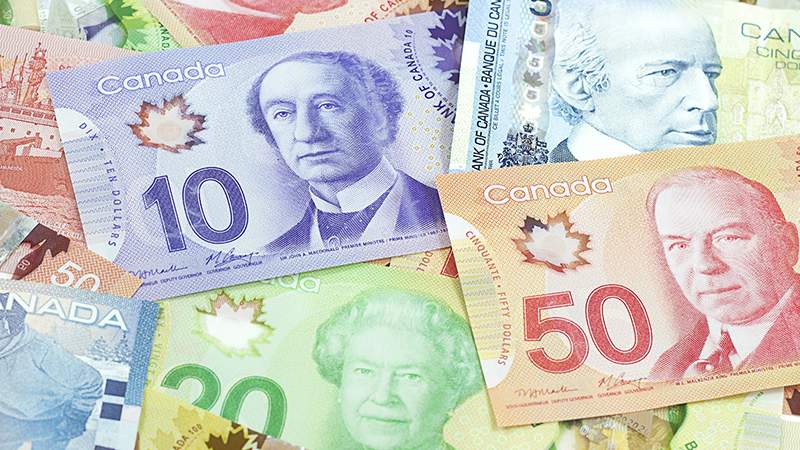In her prepared remarks, Rogers said that Canadians expecting a return to the ultra-low rate environment of the last decade and a half may be sorely disappointed, noting the rock-bottom rate environment in the wake of the Great Financial Crisis was an outlier, not the rule.
That means Canadians hoping to wait out the storm may be waiting a long time — if it happens at all.
“People buying homes or renewing their mortgages these days are facing the highest borrowing costs they’ve experienced in a long time or — in many cases — ever,” she said.
“It can be tempting to think those very low rates will eventually return. But there are reasons to think that may not happen.”
While the Bank of Canada does exert control over its benchmark rate, Rogers noted there are a bevy of factors outside the bank’s control that feed into inflati
on. Geopolitical risks, including the war in Ukraine and the increasingly bifurcated global trade order both have the potential to continue to raise the price of goods, for example.

Another structural issue at play is the wave of Baby Boomers retiring — not only does that remove a substantial amount of labour capacity from the system, retirees tend to shift from saving to spending, adding demand into the economy. Rogers said while the outcomes do remain to be determined, the risks are tilted toward higher inflation in the long term.
“All this obviously involves a lot of uncertainty. But it’s not hard to see a world where interest rates are persistently higher than what people have grown used to.”
Canadians are already adapting to higher rat
KAPU CURRENCY EXCHANGE---Best Currency Exchange in Richmond and Vancouver
While the full brunt of the Bank of Canada’s rate increases has yet to be felt — typically, it takes between 12 and 18 months to see the full effects work their way through the system — Rogers said there are signs consumers and businesses are already starting to adapt to this new normal.
Rogers highlighted slowing credit growth, both on the mortgage and durable goods side of the ledger, as a key sign higher rates were taking some of the heat out of the economy. While the Bank of Canada has seen credit-card use tick higher, along with delinquencies, it has yet to see mortgage delinquency rates reach pre-pandemic levels, indicating Canadians are still finding a way to stay in their homes by pulling back on spending elsewhere.
While so far consumers and businesses have been able to adapt to the rising rate environment by shifting spending behaviours, Rogers said the real test is yet to come. A key area the Bank of Canada is watching for signs of stress is the mortgage market, where it estimates that around 40 per cent of borrowers have seen higher payments since early 2022. That number will rise to virtually all mortgage holders in 2026, when the last of those five-year mortgages signed through 2021 come due for renewal.








